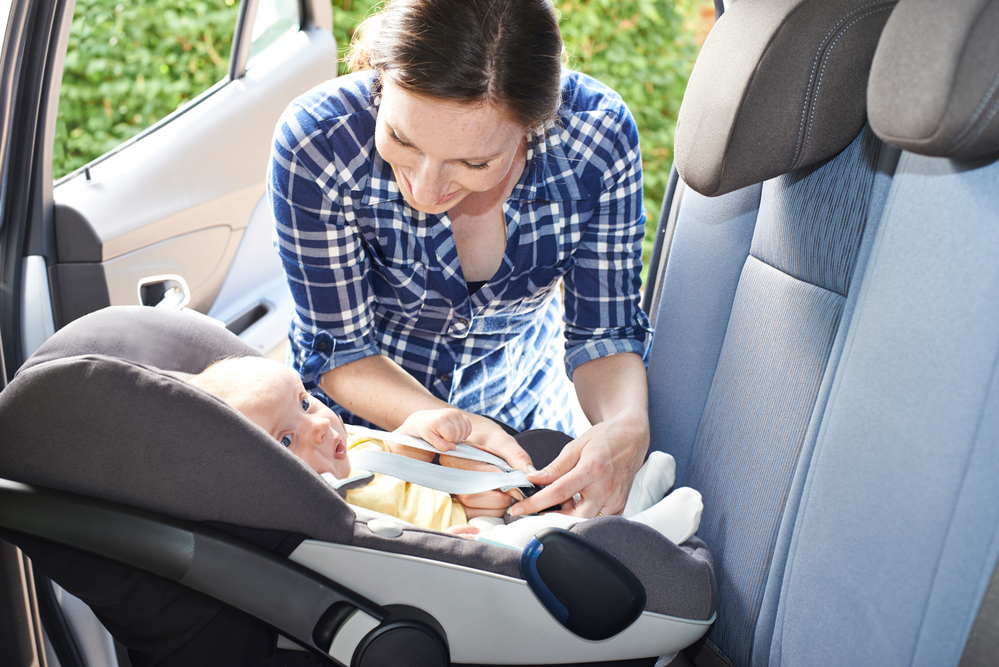As parents, our aim is always our children’s happiness and safety. We lather them in sunscreen in the summer and bundle them up in the winter. We make sure they’re safe on their bikes as they ride to their friends’ houses. But one area we sometimes overlook—especially in our haste to get from place to place—is car seat safety.
From a baby’s first ride home from the hospital, his car seat is an integral component in his everyday life. But the proper use of that car seat can be confusing, especially for new parents. And with more than 60,000 children injured in car accidents each year, it’s imperative that parents understand and follow proper car seat safety guidelines.
Choose the Right Car Seat
Selecting an appropriate car seat for your child’s age, weight, and height is the foundation of car seat safety. The National Highway Traffic Safety Administration (NHTSA) has created a simple online tool to help you choose the right size based on your child’s age, height, and weight. As NHTSA points out, in passenger cars, properly chosen and installed car seats reduce the risk of fatal injuries 71%, so it’s clear that the right seat makes all the difference.
Correctly Install the Car Seat
Proper installation of car seats is crucial to ensure maximum safety. And the way they are installed in one vehicle is not necessarily the same with another, so if you are moving your child’s car seat between parents and/or caregivers, make sure it is secured each and every time.
A child’s car seat always goes in the backseat of the car. It can be directly behind the driver or passenger seat, and in some cars, it can also fit in the middle. Follow the directions as outlined by the car seat manufacturer as well as your vehicle owner’s manual. Missouri offers several locations where parents and caregivers can check the installation of their car seat. Review the list to find a location closest to you.
When to Change Car Seats
Depending on the model of car seat you purchase, you may have to change each time your child grows into the next category. You can also purchase a seat that transitions with your child, such as an all-in-one seat. Generally speaking, the types of car seats you’ll need include:
- Rear facing: infants to approximately age two
- Forward facing: toddlers and preschoolers
- Booster seat: school-aged children
NHTSA outlines every type of seat, as well as provides instructions on how to install them.
General Car Seat Safety Notes
If you are ever involved in a moderate to severe car accident, you will want to replace your child’s car seat following the accident. This is true whether or not your child was in the car seat at the time of the accident. The issue is one of integrity of the seat.
It’s not advised to allow children to wear bulky coats or jackets when in a car seat. That is because the extra clothing can create a gap between the harness and the child’s body, which may compromise the effectiveness of the restraint system.
In warm weather, remember that the metal buckles on a car seat can become quite hot, even to the point of burning a child’s skin. Many retailers sell car seat cooling pads, which can be placed on the seat to cool it down when your child is not in the car. If you’re a DIYer, you can make your own with everyday materials you probably already have in your house.
Trust Community Choice with Your Child’s Safety
As parents ourselves, we know how important it is to keep kids safe in the car. Car seat safety is something you may not have thought about before having children, but it should be top of mind now. If you have questions about how to keep your children safe and healthy, contact us. We’re always here to help.

